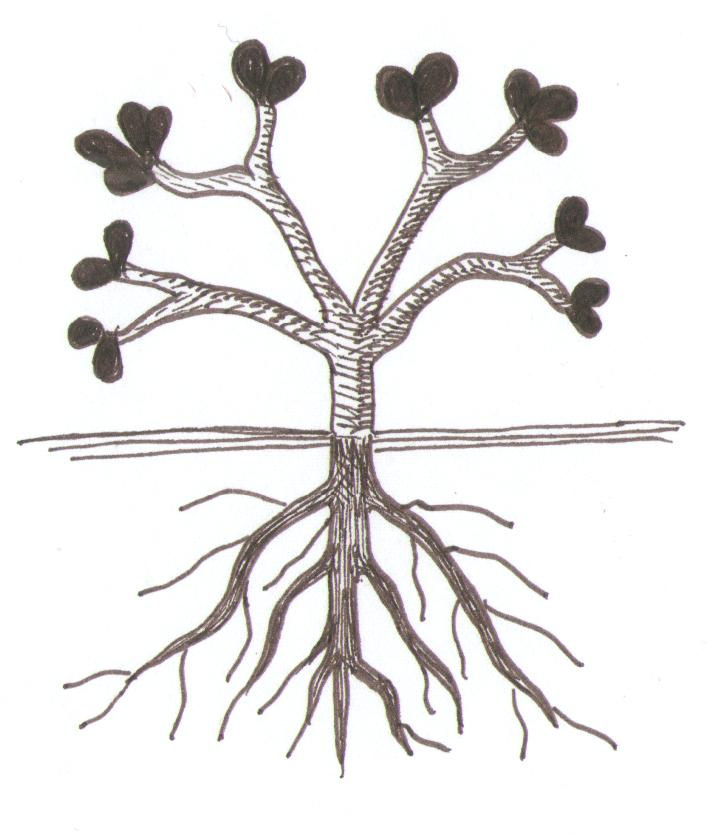
I recently re-potted some house plants because of root rot.
If the roots of a plant aren’t healthy, there is nothing that you can do to make the plant thrive. No perfect amount of water or sun will fix the problem. Fertilizer will worsen the situation. The rotten roots must be removed for things to improve.
This is a great analogy for many things that we attend to on a consistent basis. A charged and uncomfortable emotional body is often at the root of recurring problems. Yet, we never attend to the root—the actual uncomfortable emotion. We try to avoid it. Or we try to paint over it with endless doings. Interventions. Debating. Thinking.
My post called How to Build Inner Strength was about not acting from a charged state. I sometimes fail at this—but it is a principle I try to live by. Additionally, whenever I find myself asking, Why does this keep happening?, I know that there is probably some emotional wound at the root of the recurring cycle.
If you’ve ever found yourself frustrated with repeating patterns or problems that simply will not shift, read these:
The Presence Process – Michael Brown
If you only read two books about emotions this year it should be these.
I’ve been heavily influenced by Michael Brown’s work. My first presence process revealed to me that modern life is built on a foundation of fear. It revealed to me how emotionally blocked I was. And it revealed to me that I’d had emotional turmoil at the root of many destructive patterns. Truly, this book probably shifted the entire trajectory of my life. For decades, I’d had dreams of dirty water, walking through it, wading through it, always trying to avoid it. These dreams only subsided once I started doing the ten week breathing program in the book.
One of the central themes in The Presence Process is the idea of messengers. In short, people that trigger us are merely showing us where we have unintegrated emotions lurking beneath the surface. This is controversial because we do not like to think that we are contributing to problems that seemingly come from outside of us.
I’ve done the ten week process a bunch of times now and I still find this idea hard to swallow at times. But there is something to be said for moving out of a kind of victimised feeling into curiosity. Curiosity allows us to move beyond the ego’s need to be right. It allows us to really investigate a recurring problem on a soul level.
Similarly, I was unaware of how much raging, red-hot anger I was carrying inside, until a few dreams insisted that I attend to this. Anger by Thich Nhat Hanh crossed my path. This book too, was life-changing. I was only able to integrate deep anger after implementing the idea of cooking anger.
These two books have similarities in how they approach emotions. They both suggest being with an emotion unconditionally until the charge dissolves. But this is hard to do. And there are subtleties to this. Emotional integration doesn’t work if you resist. Additionally, it’s not a quick fix, or a once off.
Endless interventions to certain deep-seated and unyielding problems achieve nothing because there is no emotional integration. This is often true for a wide range of avenues from health to politics. The emotional turmoil is the root rot that needs to be removed.